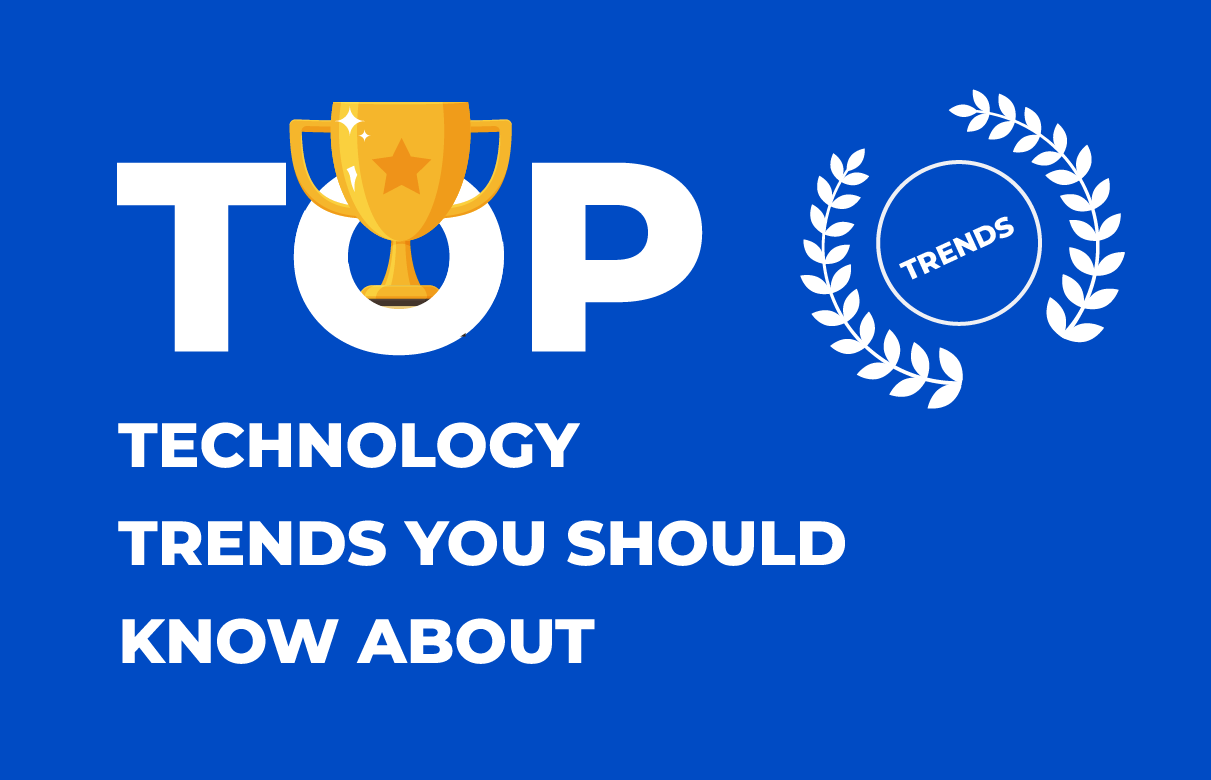Global warming and other negative consequences of human activity for the environment lead to the fact that the global society is becoming more environmentally conscious. The rising concern over the poor ecological situation is prompting people to search for ways of addressing it, and they seek for solutions everywhere, including in the information technology domain. It is crucially important to strike the balance between technological innovations that enhance living standards and environmentally conscious actions that create the foundation for long and healthy living. So, let’s figure out how information technology balances the two aspects, and how its key asset — software — makes its contribution to taking care of the environment.
Develop your custom software with SaM Solutions’ engineers, skilled in the latest tech and well-versed in multiple industries.
Eco-Effective Design at the Core
Nature may threaten our existence in the long term, but it has also inspired a new field called environmental technology, or green or clean technology (envirotech, greentech and cleantech, respectively). What is it all about?
These terms describe the phenomenon when the creation of technologies, processes and devices is inspired and guided by the laws of nature. Environmental technology is purposed to create a more sustainable environment and eliminate the negative effects of human activity.
Back in 2013, Michael Braungart and William McDonough wrote in their book, The Upcycle:
“Human beings don’t have a pollution problem; they have a design problem. If humans were to devise products, tools, furniture, homes, factories, and cities more intelligently from the start, they wouldn’t even need to think in terms of waste, or contamination, or scarcity. Good design would allow for abundance, endless reuse, and pleasure.”
Pioneers of the cradle-to-cradle approach, they advocate the eco-effective design, as it can help minimize or reduce the detrimental effect humans have on the environment. Naturally, these principles relate to software development and should be taken into consideration.
Back in 2000, William McDonough highlighted sustainability principles that provide the basis for eco-effective design. They can be narrowed down to the following statements:
- Human society and nature should coexist in a harmonious and healthy relationship.
- Human designs should rely and depend on the nature.
- Spirit and matter are closely related; that is why humans should perform all of their activities with the consideration of this interrelation.
- People should be fully responsible for all of their design decisions, as they have a direct impact on the well-being of humanity and nature and the way the two coexist.
- People should create low-maintenance material objects that provide long-term value and do not pose risks.
- People should eliminate the phenomenon of waste by tailoring product life-cycles in such a manner that they imitate natural waste-free systems.
- People should make the maximum use of natural energy flows.
- People should base design on natural systems and draw inspiration from nature, and under no circumstances consider nature as an obstacle that is to be removed out of the way.
Currently, the pollution of natural resources and the high consumption of fossil fuel for energy generation are among the major reasons why environmental degradation is happening at a terrifying pace. At the same time, industrial production operators, freight forwarders and development companies still do not take the environmental issue seriously. However, carrying out all the processes that are related to business, manufacturing and daily activities in an eco-friendly manner is not as difficult as it may seem, and can even be favorable in the long run.
Eco-Effective Information Technology: Real-Life Examples
While information technology has been adding value to human lives and raising the standards of living, it has also threatened our wellbeing. Great opportunities may fuel our appetite, but that inevitably leads to increased resource consumption.
Can the concept of eco-effective design be applied to IT? Yes, it can, and it should be! While not having a direct connection to materials and resources, information technology can also make a significant contribution to the creation of a healthy environment. How? Let’s figure it out!
Smart Everything to manage resources prudently
Smart home solutions, aka domotics, not only make our lives easier but also help manage resources, such as electrical energy and water, in a sustainable manner. Let’s take a closer look at the possibilities of streamlining resource use through the example of SaM Solutions smart home application. Here is some of what happens:
- Sockets disconnect from the power network when a device is in a standby mode.
- Thermostats perform climate control by regulating the temperature only when it is required.
- Lighting is sensitive to red flags, which enables dimming control and minimizes the use of lighting equipment.
Transform your business or gain a competitive advantage in your industry with custom IoT software solutions from SaM Solutions.
The same principle is true for a smart city, a smart factory, smart farming and any other smart system: they consume the minimal amount of the resources they require, without waste.
Electric cars to reduce air pollution
Fueled by electric energy, these automobiles produce far less pollution than conventional cars that run on petrol or diesel fuel. Also, electric cars are much more energy-efficient because of the specifics of energy distribution to different car parts.
Read also: The Role of IoT in Smart Manufacturing
Paperless technology to preserve trees
By giving a boost to the heavy use of portable devices and the internet, information technology makes its contribution to the preservation of trees and forests. Instead of printing documents, businesses can use e-technology to conduct their operations in a paperless manner.
Also, newspaper and magazine readers are switching to online versions of their favorite media, while e-books have been substituting hard-copy books. Although the opinion is split on whether or not reading online or on devices is harmful, but it definitely helps save forests, and consequently — maintain biodiversity.
Tracking and monitoring technologies to preserve wildlife
Information technology makes a significant contribution to the protection of species that are in the danger of extinction. Smart collars allow researchers to monitor animal behavior, keep track of poachers and reduce human-animal conflicts.
AI- and drone-enabled monitoring of forests provides information on biodiversity, area topology, as well as on cases of illegal logging and wildfire, and, again — poaching. Also, drones not only make photos, but even distribute required nutrients and seeds to ensure proper reforestation.
Predictive maintenance to reduce e-waste
While a lot of devices get out of order with no hope for repair or refurbishment, predictive maintenance systems allow their owners to find out about aberrations immediately as they happen. This way, they have the opportunity to carry out immediate maintenance and prevent breakdown.
Such an approach helps significantly extend the operational life of a device and reduce e-waste and, on the back of it, — production. Also, it promotes creation of reusable and restorable products.
Aggregator platforms for shareconomy
Popular websites for asset booking or sharing promote the consolidation of resources, which means their most efficient use. For example, it can help minimize irrational room heating, car maintenance and other impractical resource management.
Media platforms contribute to the reduction of the number of CDs and DVDs people use, which reduces their production — with all the positive consequences for the environment that come with it.
Public transport apps to reduce pollution
You may wonder how these two phenomena relate. Actually, the better public transport is organized, the more people abandon their personal cars and use it, which reduces air pollution. Moreover, electric buses are replacing conventional fuel-powered buses overnight, which improves the ecological impact even more.
So, a robust application that provides accurate, up-to-date and real-time data on the timetable, the approach of transport and other important aspects, contributes to cleaner air.
Online stores to save energy and reduce air pollution
When we opt for online shopping instead of a traditional method, we save wealth of energy and water that are required for the operations of a sales floor. That is not to mention the carbon dioxide that millions of cars produce on our way to stores and back.
Smart purification to recover natural resources
One of the major ways to address the environmental problem — the purification of water, air, soil and sewage and waste treatment — would not have been so effective if it were not for information technologies. It is software solutions that help make the most of the purpose-built technologies for resource purification.
Make Environmental Friendliness a Priority
As the environmental situation deteriorates with every minute, people are increasingly interested in adding environment-saving considerations into every aspect of our lives, including information technology. And while green computing solutions may not seem to have great impact if considered on their own, together, they create enormous value.
We at SaM Solutions place a premium on green computing. Following the principles of sustainable design helps us perform efficiently and in full compliance with environmental imperatives.



















 The Latest 15 Information Technology Trends in 2024
The Latest 15 Information Technology Trends in 2024 Top 10 Embedded Software Development Tools
Top 10 Embedded Software Development Tools IaaS vs. PaaS vs. SaaS: What’s the Difference?
IaaS vs. PaaS vs. SaaS: What’s the Difference? 10 Examples of Predictive Analytics
10 Examples of Predictive Analytics



![Digital Transformation Strategy [+ Key Trends in 2024]](https://www.sam-solutions.com/blog/wp-content/uploads/2020/07/main-Digital-Transformation-Strategy-min.png)







 Web App Development Cost in 2025 [Key Price Factors]
Web App Development Cost in 2025 [Key Price Factors] 13 Best React Development Tools in 2025
13 Best React Development Tools in 2025 Top 10 Mobile App Development Trends 2025
Top 10 Mobile App Development Trends 2025 Top IoT Industry Trends in 2025
Top IoT Industry Trends in 2025 Java Web App Security: Everything You Need to Know
Java Web App Security: Everything You Need to Know